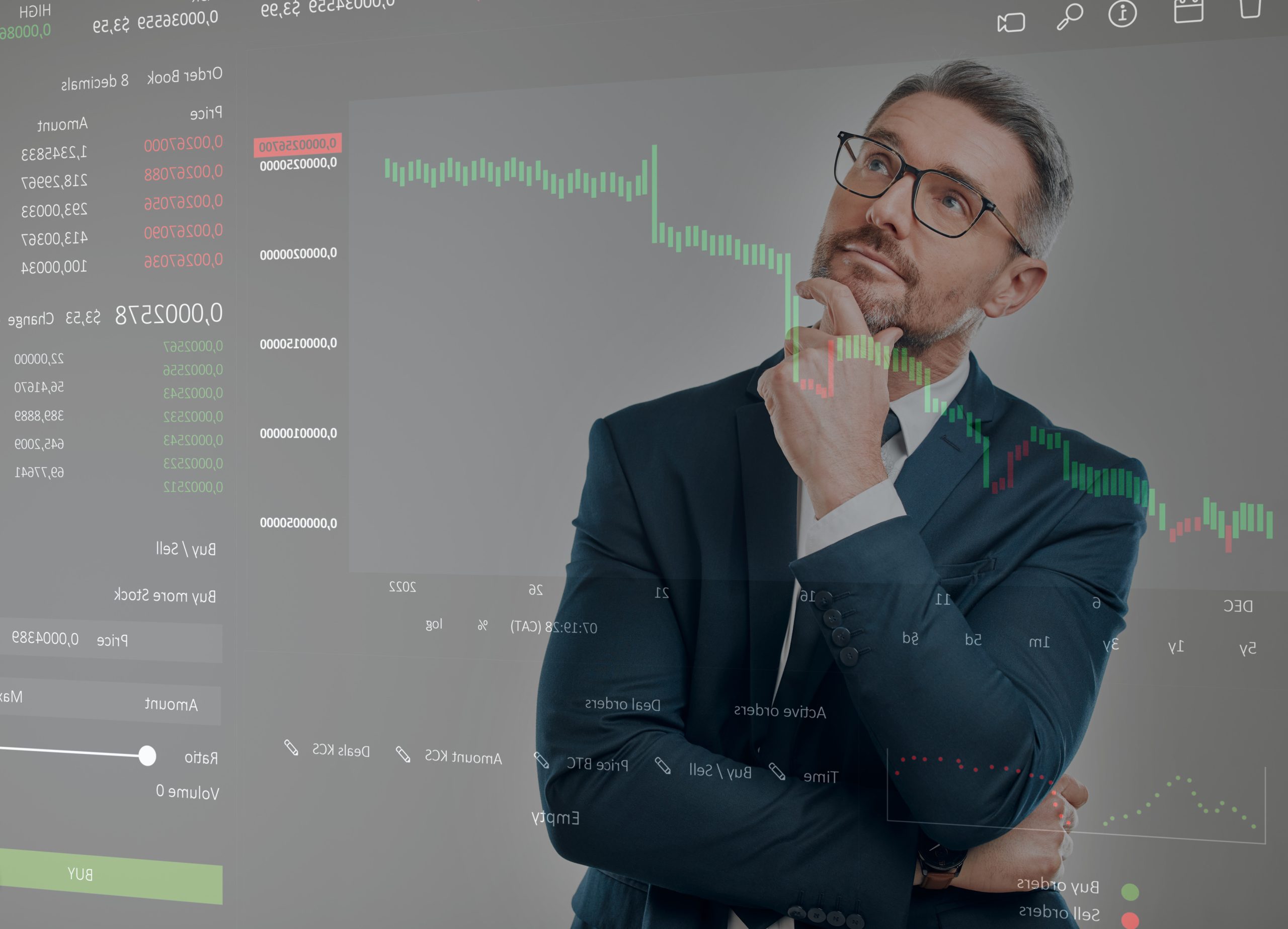Getting started with forex trading can pose challenges for beginners. The market is often daunting due to the standard yet unrealistic expectations newcomers hold. The fundamental principles largely overlap, whether it’s forex trading or stock trading. This guide will focus on forex trading for beginners, the definition, terms, how to trade, and tips for novice traders.
By the end of this article, you’ll gain familiarity with crucial forex trading terms. You’ll acquire a solid understanding of the basics, including selecting the right platform, executing trades, and the do’s and don’ts.
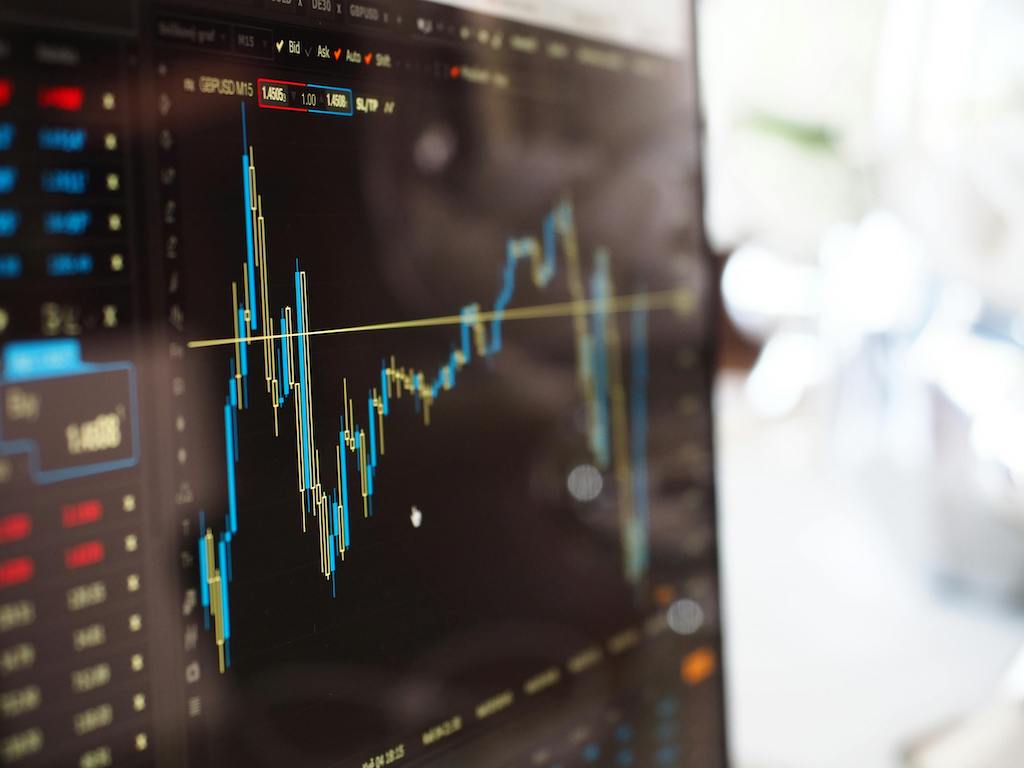
What is Forex Trading?
Forex trading, also referred to as foreign exchange trading, involves the buying and selling of currencies in order to generate profits.. It is one of the world’s largest and most liquid financial markets, with a daily trading volume exceeding trillions of dollars.
In forex trading, traders trade currencies in pairs, with the most commonly traded pairs being the EUR/USD, GBP/USD, and USD/JPY. The base currency is the first in the pair, with the quote currency being the second. The exchange rate dictates the currency pair’s value, indicating how much of the quoted currency is needed to buy one unit of the base currency.
Forex trading is available 24/5, allowing traders to participate conveniently. This flexibility allows beginners to take control of their learning process and adapt their trading activities to their schedules. Forex trading provides opportunities for profit from volatile markets due to high liquidity and volatility.
Forex traders can trade through various means, including banks, brokerage firms, and online platforms. Additionally, traders can employ different trading strategies and techniques to analyze the market and make informed trading decisions.
Overall, forex trading is a dynamic and fast-paced market that offers the potential for substantial profits. This prospect can be both exciting and motivating for beginners.
Basic Terminologies in Trading Forex for Beginners
Before starting to trade forex, it’s essential for beginners to understand the following terms:
1. Margin
Margin refers to the amount of money in your trading account that you can use to enter into trades. It acts as a deposit or collateral when trading, allowing you to open and maintain trading positions. The required margin depends on the size of the transaction.
2. Leverage
Leverage in forex trading allows you to potentially amplify your profits compared to your initial capital. You can adjust the leverage amount according to your risk management strategy.
3. Spread & Pip
A pip, or Percentage in Points, represents the smallest price movement in a currency pair. For example, if the EUR/USD pair moves from 1.1205 to 1.1208, the change is 3 pips.
The spread is the difference between the selling (bid) and buying (ask) price of a currency pair. For instance, if the bid price for EUR/USD is 1.1340 and the ask price is 1.1342, the spread is 2 pips or 0.0002.
4. Take Profit & Stop Loss
Take profit as your predetermined profit target. You can set this target using the take profit feature on MetaTrader. When the price hits your target, your position will automatically close.
Stop loss is the pre-determined limit on losses that you are willing to accept. You can set this limit using the stop loss feature on MetaTrader. If the price hits the stop loss limit, the system will close your position to prevent further losses.
5. Margin Call
A margin call is a warning prompting you to add more margin to either open or maintain a position. This occurs when your existing margin is inadequate. If you fail to add more margin, the broker will automatically close the position.
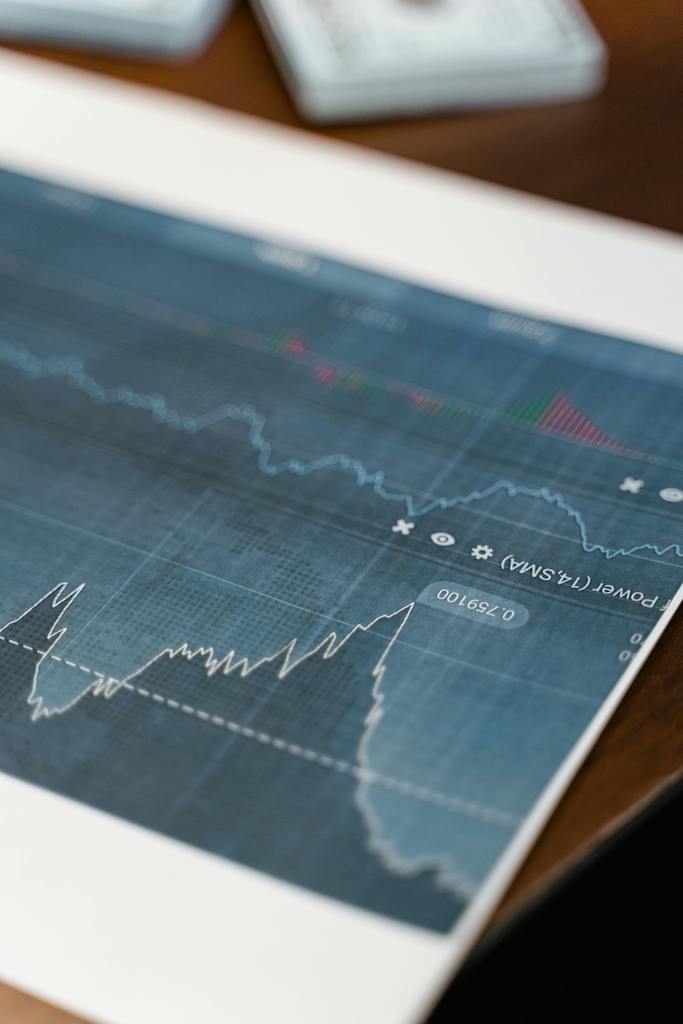
Types of Forex Trading
In 2017, forex traders worldwide found various ways to reap profits from forex trading. Traders commonly use four methods: spot forex, currency futures, currency options, and currency exchange-traded funds (ETFs).
Let’s go through the advantages and disadvantages of each trading method.
1. Currency Futures
Currency futures are the first way to trade forex. The Chicago Mercantile Exchange (CME) first used this method in 1972. The principle of currency futures is that traders buy contracts to sell or buy a certain amount of assets at a predetermined price and date. This is what gives this method its name, futures, aka the future.
The currency futures market offers transparency and good regulations through standardized trading in special places. At that time, the trading location will provide people who want to trade with data regarding prices and transaction information.
2. Currency Options
In this second trading method, traders will be given the right or “option”, but not the obligation, to buy or sell assets at a certain price on or before a certain time (expiration date). Certain places trade this method, similar to futures, like CME, ISE, and PHLX.
Unfortunately, currency options have several drawbacks. The first is that trading hours are very limited for several options. Second, the liquidity of currency options is not as big as currency futures or the spot forex market.
3. Currency ETFs
Currency ETF is the newest trading method. This method allows traders to trade using one currency pair or several currency pairs at once!
Financial institutions create and manage ETFs by purchasing and holding a set of currencies in their reserve funds. Then, this financial institution distributes shares from this reserve fund to people who want to own them, like buying shares.
ETFs have a disadvantage in that their trading time is limited (not 24 hours). Apart from that, ETFs are expensive because they have many additional costs, such as commissions and other transaction costs.
4. Forex Spot Market
This last method is the most widely used forex trading method. In spot forex, transactions take place immediately according to the price ordered by the trader or “on the spot.” Spot forex is popular due to its ease of trading, high liquidity, small spreads, and 24-hour availability.
Another advantage is that spot forex allows traders with small capital like us to make money from forex trading. Even if you have capital of $1,000, you can trade using the spot forex method. It doesn’t stop there; spot forex broker also provide their traders with free charts, economic data, and forex market research.
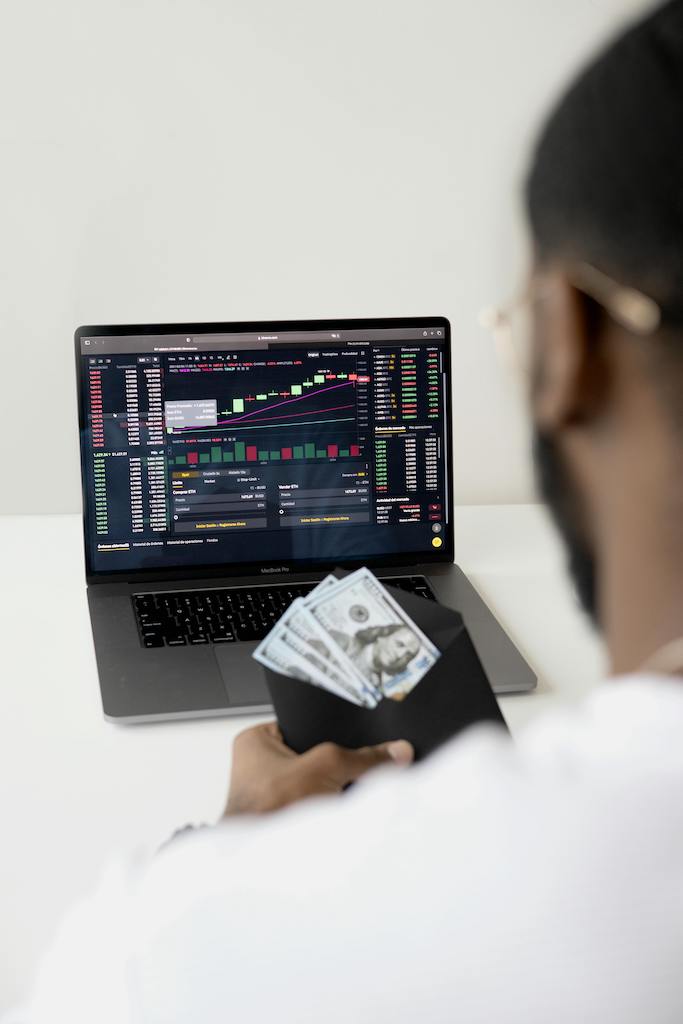
How to Trade Forex Trading for Beginners
How to learn forex trading for a beginner? When learning about forex trading, it’s important to understand that it can be risky, but it also presents an opportunity to gain valuable knowledge and develop effective investment strategies.
A high concentration level is one crucial skill you need to cultivate when learning about forex trading. The forex market is constantly changing, and it’s essential to be observant and meticulous when analysing and making the right decisions.
Here are a few steps to consider when learning about forex trading:
1. Start with a demo account: Before jumping into actual forex trading, practicing with a demo account is a good idea. This allows you to get hands-on forex trading experience without risking any real money. Demo accounts simulate real market conditions, providing a safe environment to build your trading skills and intuition.
2. Familiarize yourself with trading platforms: Once you’re comfortable with a demo account, you can familiarize yourself with different trading platforms. These platforms are essential for carrying out actual trades, and your broker can help you set up an account that suits your needs. Some platforms, like OCTO Mobile, offer convenient and quick transaction capabilities for experienced traders.
3. Understand the right timing: Timing is crucial in forex trading. The forex market operates 24 hours a day, five days a week, but it’s impractical for individuals to actively trade throughout that period. Understand the trading sessions and find a schedule that suits your preferences and style.
4. Understand how technical indicators work: Technical indicators are essential tools to grasp when learning about forex trading. They help you analyze price movements, trading volumes, and market interest for foreign exchange. Traders use these indicators to understand market conditions and predict future price movements.
5. Learn about fundamental indicators: Besides technical indicators, it’s essential to grasp the fundamentals. These indicators rely on economic data and socio-political developments in a country, influencing foreign exchange values. Understanding them is crucial for analyzing forex trading.
By following these steps and learning and practicing, you can develop a solid foundation for understanding and engaging in forex trading. However, you must have high concentration when applying this time or session.
If you feel this trading method is too risky, you can start studying forex trading in your spare time, such as when you are home from work.
Forex Trading for Beginners: The Do’s and Don’ts
Getting started with forex trading can be both exciting and challenging for beginners. To ensure a successful start, it’s essential to be mindful of specific do’s and don’ts. Based on the comprehensive guide to start trading, let’s explore some key points.
The Do’s:
1. Educate Yourself: Take the time to understand the fundamental principles of forex trading thoroughly. Familiarize yourself with crucial terms used in forex trading to navigate the learning process effectively.
2. Start with a Demo Account: Practice trading with a demo account to gain hands-on experience without risking real money. This will help you get comfortable with the trading platform and test your strategies.
3. Set Clear Goals: Define your trading goals and objectives. Whether you aim to earn a supplementary income or explore new trading strategies, having clear goals will guide your trading decisions.
4. Use Risk Management Strategies: Implement risk management techniques such as setting stop-loss orders to limit potential losses and using leverage carefully to protect your trading capital.
5. Keep Updated: Stay informed about market trends, economic indicators, and geopolitical events that can impact currency movements. A well-informed trader is better equipped to make sound trading decisions.
Don’ts:
1. Jump into Live Trading Without Sufficient Knowledge: Avoid rushing into live trading without understanding the forex market and trading practices. Take the time to learn and practice before risking real capital.
2. Overleveraging: Resist the temptation to overleverage your trades. While leverage can amplify profits, it also increases the potential for losses. Use leverage cautiously and in line with your risk management strategy.
3. Let Emotions Drive Your Decisions: Avoid making impulsive trading decisions based on emotions. Keep a disciplined approach and stick to your trading plan even during volatile market conditions.
4. Neglect Risk Management: Do not ignore risk management principles. Always have a clear risk-reward ratio and use stop-loss orders to protect your trades from significant losses.
5. Trade Without a Plan: Never enter trades without a well-defined plan. Clear forex trading strategies for beginners, including entry and exit points and profit targets, will help you trade more systematically.
By following these do’s and don’ts, beginners can lay a strong foundation for their forex trading journey, mitigate risks, and work towards achieving their trading goals.
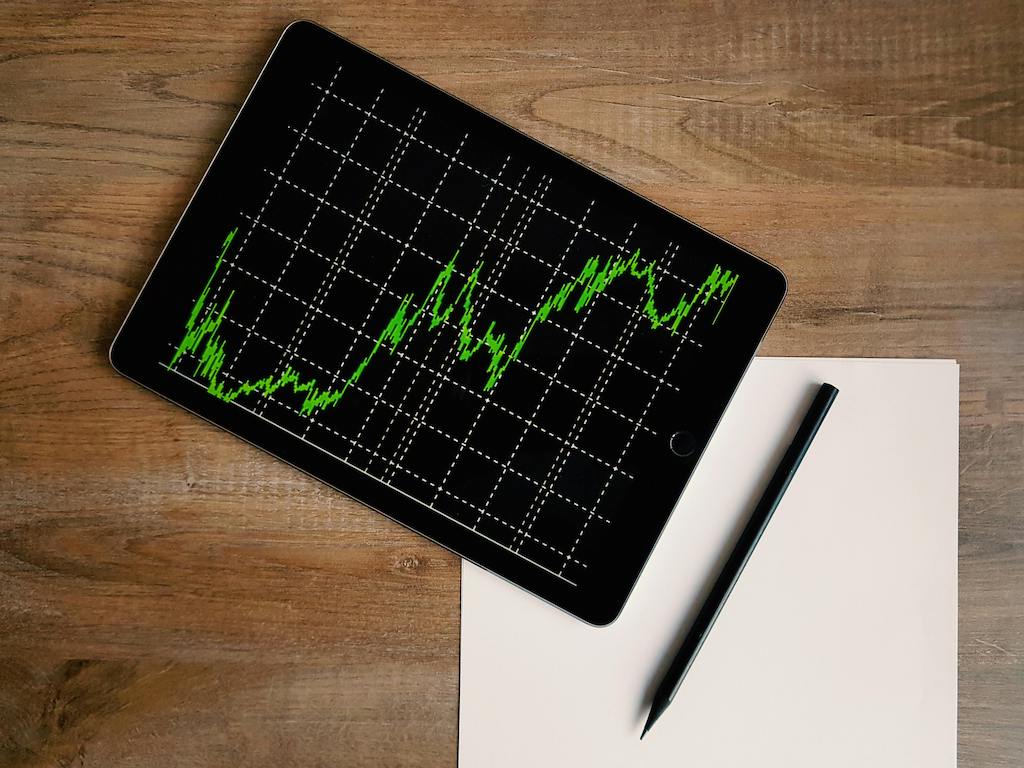
Best Forex Trading Platform for Beginners
When finding the best forex trading platform for beginners, Vestrado stands out as an excellent choice. Vestrado caters to novice traders with a user-friendly interface and educational resources for learning and skill development.
The platform offers a comprehensive set of tools and features designed to help beginners navigate the forex market with confidence. It’s like the basics of forex trading for beginners.
Vestrado provides access to a demo account, allowing beginners to practice trading with virtual funds in a risk-free environment. This hands-on experience is invaluable for those who are new to forex trading, as it enables them to gain practical skills and build confidence before trading with real money.
As the best forex trading app for beginners, Vestrado offers educational materials to help beginners understand the fundamentals of forex trading and develop effective strategies. The platform’s intuitive design and educational resources empower beginners to make informed trading decisions and enhance their learning experience.
Additionally, Vestrado’s customer support team is readily available to assist beginners with any questions or concerns they may have. This level of support can be particularly reassuring for those who are just starting their forex trading journey.
In conclusion, Vestrado’s dedication to supporting beginners through educational resources, a user-friendly interface, and a demo account makes it an outstanding choice as the best forex trading platform for beginners. With Vestrado, novice traders can access the tools and guidance they need to embark on their forex trading journey with confidence.


